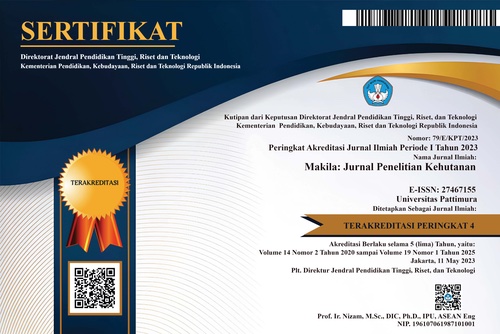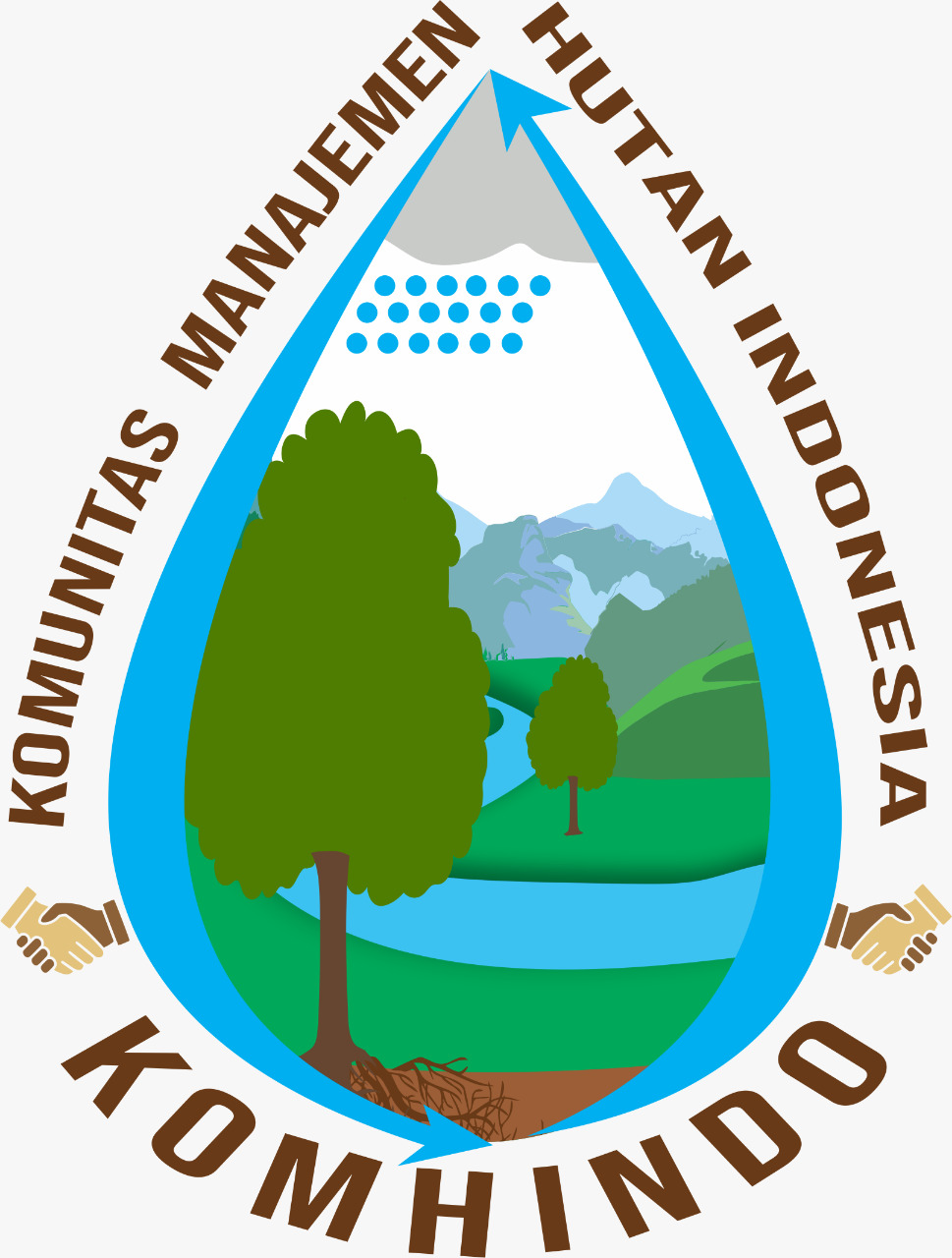Pengaruh Konversi Lahan Terhadap Komunitas Collembola di Area Tailling dan Perkebunan
Abstract
The forests of Papua are large enough to support a diverse range of flora and fauna and other natural resources such as mining materials. PT-Freeport Indonesia, one of the world's largest mining companies, has an ex-mining area (tailing) managed as a reclamation area. Regular biotic and abiotic factor interactions will aid in the success of reclamation efforts. Soil organisms, which act as decomposers, are biotic factors that contribute to soil fertility and bioindicator. Collembola is a soil microorganism that is very important in marginal soils and can help soil fertility naturally. This study aims to assess the differences between the Collembola communities in the tailings and plantation areas. The method employs a literature review, which refers to a literature review, and it uses secondary data from the PT-Freeport Indonesia Biodiversity and Reclamation Sub Division. Collembola population and diversity are classified as low in the tailings area, presumably due to limiting factors for the sub-alpine and alpine ecosystem types, making it longer. Unlike in the tailing area, the Collembola population and diversity are classified as moderate to high in the plantation area because of litter availability as a source of nutrients for Collembola activities.
Downloads
Copyright (c) 2021 Srihartati - Harto, Musyafa Musyafa, Puradyatmika Puradyatmika

This work is licensed under a Creative Commons Attribution 4.0 International License.











